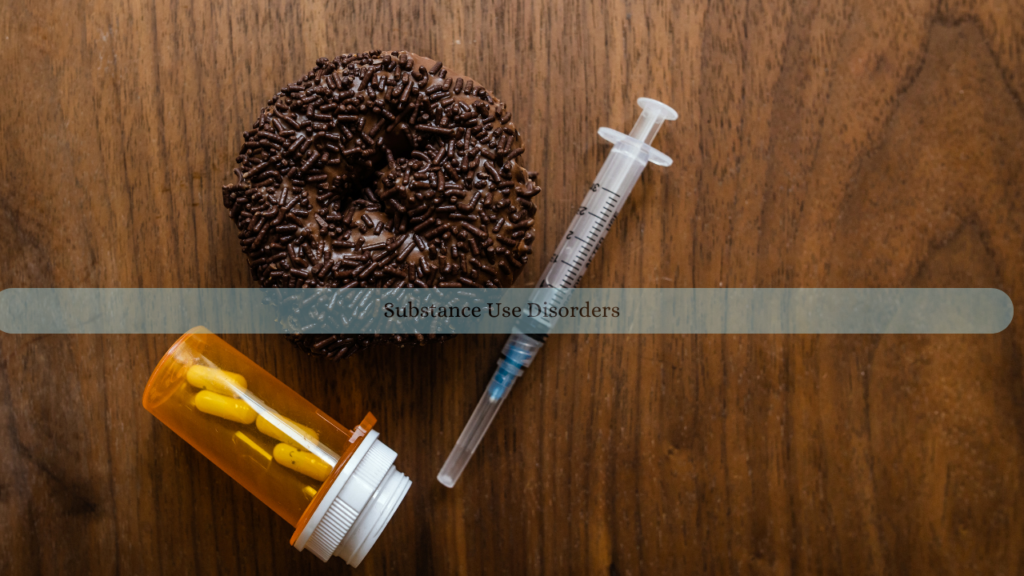
Addiction, particularly to substances such as alcohol, opioids, and stimulants, is increasingly understood through the lens of neurobiology. Rather than viewing addiction solely as a moral failing or a lack of willpower, contemporary research has uncovered the profound impact substance use disorders (SUDs) have on the brain. This understanding has revolutionized approaches to treatment, placing emphasis on the neurological underpinnings that drive compulsive substance use and the challenges of long-term recovery.
The Brain’s Reward System: A Gateway to Addiction
The reward system of the brain plays a pivotal role in addiction. At its core, this system involves key structures such as the nucleus accumbens, the ventral tegmental area (VTA), and the prefrontal cortex. These areas are responsible for processing pleasure, motivation, and decision-making. When individuals engage in rewarding behaviors (eating, socializing, etc.), the brain releases a neurotransmitter called dopamine, creating a sensation of pleasure. This process reinforces behaviors essential for survival.
However, substances of abuse hijack this reward system. Drugs like alcohol, cocaine, and opioids flood the brain with dopamine at levels far higher than what is naturally achievable. This overstimulation of the reward system creates an intense feeling of euphoria, leading individuals to repeat drug use in an attempt to recreate that experience. Over time, the brain adapts to these unnaturally high dopamine levels by reducing the number of dopamine receptors or producing less dopamine naturally. As a result, the individual requires more of the substance to achieve the same level of pleasure—a phenomenon known as tolerance. This neurochemical adaptation contributes to the compulsive nature of addiction.
Changes in Brain Structure and Function
Chronic substance use does not only affect dopamine levels but also induces long-term changes in brain structure and function. One of the key areas impacted is the prefrontal cortex, responsible for rational thinking, impulse control, and decision-making. With repeated drug use, this region becomes impaired, leading to difficulties in exerting self-control and making sound judgments. This is why many individuals with SUDs continue to use substances even when they are aware of the negative consequences.
Furthermore, the amygdala, a brain structure involved in processing emotions, particularly fear and stress, also plays a crucial role in addiction. Over time, substance use rewires the brain’s response to stress, making individuals more susceptible to stress-induced cravings. In the absence of the substance, individuals may experience heightened anxiety, irritability, and depression, which can trigger relapse.
The Role of Memory and Conditioning
Another significant aspect of addiction neurobiology involves the brain’s learning and memory systems. Every time a person uses a substance, the brain forms associations between the drug and the environment, emotions, or specific cues (e.g., places, people, or activities). These associations become deeply ingrained, making it difficult to break the cycle of addiction. For instance, an individual recovering from alcoholism might experience intense cravings when exposed to a bar setting or even seeing a beer advertisement. This conditioned response is a key driver of relapse.
Moving Towards Recovery
Understanding the neurobiology of addiction has informed new treatment strategies. While traditional approaches like counseling and behavioral therapies remain essential, pharmacological treatments have gained prominence. Medications like buprenorphine, methadone, and naltrexone target the brain’s altered neurochemistry, helping to reduce cravings and withdrawal symptoms by modulating neurotransmitter levels. These medications, alongside behavioral interventions, form the foundation of a comprehensive approach to recovery.
Moreover, recent research into neuroplasticity offers hope. The brain has the ability to rewire itself, meaning that with sustained abstinence, healthy behaviors, and therapeutic interventions, individuals can recover brain function over time. This recovery process, however, requires patience and a multifaceted treatment plan tailored to each individual’s unique neurological and psychological needs.
Conclusion
The neurobiology of addiction provides critical insights into why substance use disorders are so difficult to overcome. By altering the brain’s reward system, decision-making centers, and emotional regulation mechanisms, addiction becomes a self-perpetuating cycle of craving and compulsion. As science continues to explore the brain’s role in addiction, we are better equipped to offer treatments that address the neurological, behavioral, and psychological components of this complex disease. Understanding addiction from a neurobiological perspective reinforces the idea that it is a chronic condition requiring medical, psychological, and social support for long-term recovery.